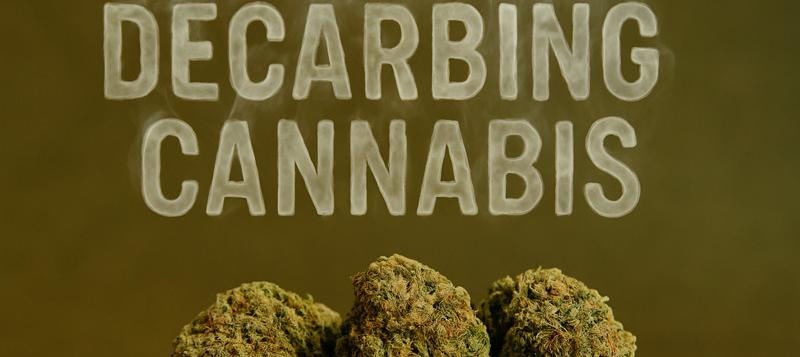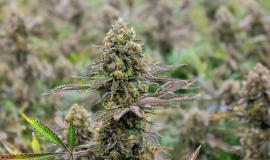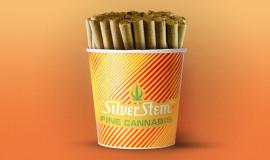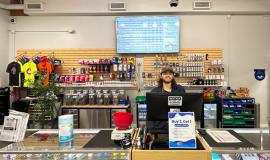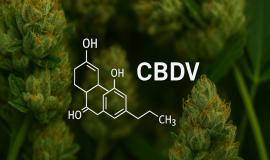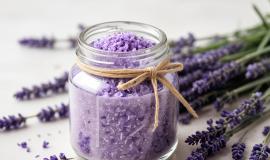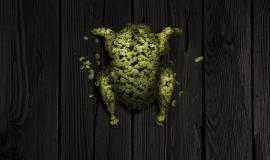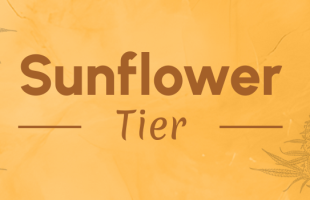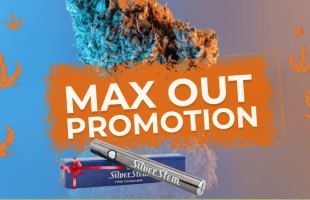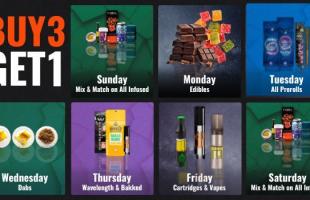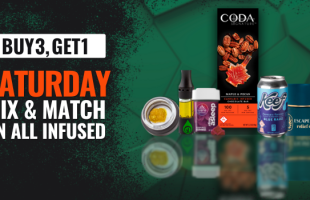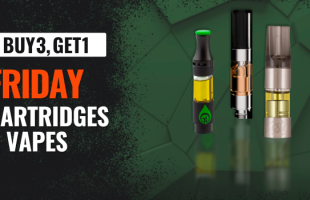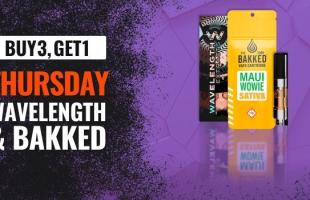Cannabis Decarboxylation: What It Is and How to Do It
Wondering how to activate THC in edibles? Learn all about cannabis decarboxylation in this guide.
Curious why some marijuana products are instantly effective, while others need heat? It all comes down to decarboxylation - a key process that activates the primary compounds in cannabis, like THC and CBD. Let’s break down what it means, how it works, and how you can safely decarb cannabis at home.
What Is Cannabis Decarboxylation?
Decarboxylation is the process of heating cannabis to convert cannabinoids like THCA into active THC and CBDA into active CBD. Without this step, raw cannabis will not produce intoxicating effects because the THC is not yet activated. This is why you need heat to enjoy the full effects of marijuana products.
In simple terms, decarboxylation means making cannabis effective for edibles, oils, and other infused products.
When Does Decarboxylation Happen?
Decarboxylation happens naturally when you smoke or vape cannabis because the heat activates THC instantly. However, for cooking or making edibles, you’ll need to decarb the flower beforehand.
Licensed dispensary products like RSO syringes, distillate, and most edibles are already decarboxylated, so you don’t need to worry about this step when purchasing ready-to-use products.
How to Decarb Cannabis at Home
Planning to make edibles or infused oils? Decarboxylation is simple but requires precision:
Temperature: The sweet spot is between 220°F to 240°F (104°C to 115°C).
Time: Most users bake ground cannabis for 30-45 minutes, stirring occasionally for even heating.
Method: Use an oven, decarboxylation machine, or slow cooker. Always monitor closely to avoid burning your product.
Important: Start low and slow - overheating can degrade cannabinoids and terpenes.
Why You Should Be Careful With DIY Decarbing
Decarbing at home can be tricky. Overheating may ruin potency, and underheating will leave cannabinoids inactive. Additionally, edibles are harder to dose accurately without proper lab testing. If you’re new to cannabis, it’s safer to purchase tested products from a licensed dispensary.
Always start with low doses when trying homemade products - effects can take up to two hours to kick in.
When You Don’t Need to Decarb
Not all marijuana products need decarbing. Here are a few examples:
Topicals like lotions and balms: Applied to skin, often used without decarbing.
Vape cartridges and syringes labeled as distillate or RSO: Already decarboxylated and ready to use.
Live resin and live rosin: Usually require heat during dabbing or vaping, decarbing during the consumption process.
Final Thoughts
Decarboxylation is a must-know step for anyone looking to explore edibles or DIY cannabis products. Done correctly, it ensures your marijuana delivers full potency, especially in non-inhaled formats like oils and food. When in doubt, opt for licensed dispensary products to guarantee quality, safety, and proper dosing.
Health Disclaimer: This article is for informational purposes only and not intended as medical advice. Always consult a licensed healthcare professional before using cannabis products, especially for medical purposes. Store all cannabis products safely and follow local laws.


